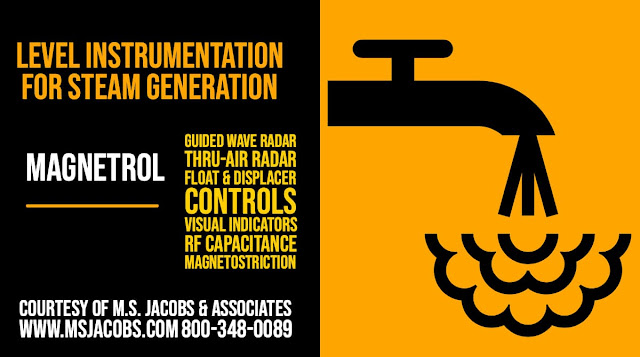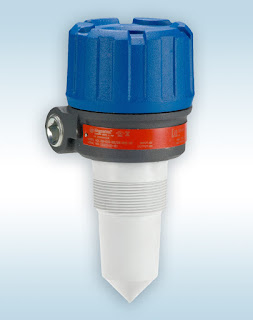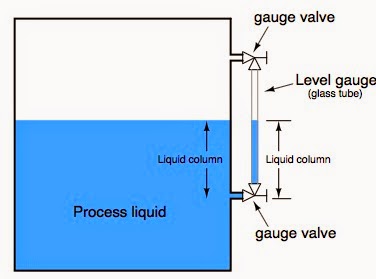A feedwater heater is a device used in a power plant to pre-heat water being delivered to a steam generating boiler. Preheating the feedwater prior to steam generation improves the thermodynamic efficiency of the system. Heat rate is a measure of how efficiently a power plant uses heat energy. You can measure heat rate by the number of BTUs the power plant requires to generate a kilowatt hour of energy. As your heat rate goes up, so do your fuel costs. Considering fuel expenditures account for 70 to 80 percent of production costs and millions of dollars per year, improving heat rate one percent could generate five hundred thousand dollars in annual savings for a 500 megawatt power plant.
To contain fuel costs, power plants must maximize the efficiency of their feedwater heaters. That's why many companies today are focusing on improving heat rate as a way to use their feedwater heaters more effectively and significantly reduce their fuel costs.
The video above (courtesy of Magnetrol) explains ways to focus on heat rate awareness to minimize controllable losses from the feedwater system.
For more information, contact M.S. Jacobs and Associates. Call them at 800-348-0089 or visit their web site at https://msjacobs.com.












